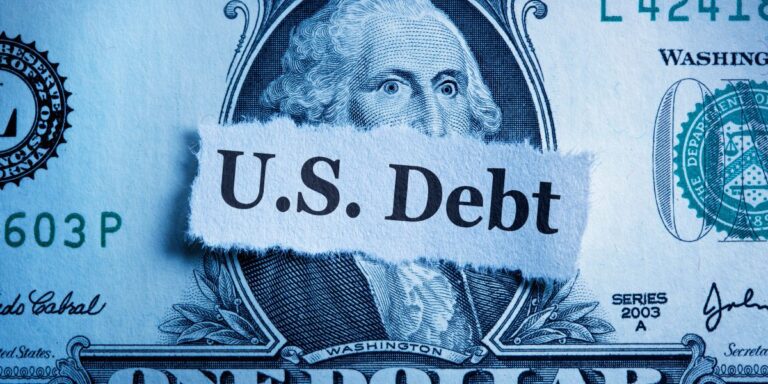In April 2022, the U.S. economy faced a setback as it contracted by 0.9% in the second quarter, marking the second consecutive quarter of negative growth. This raised concerns among economists, policymakers, and the public about the possibility of the U.S. entering a recession. The contraction in economic output was attributed to a combination of factors, both domestic and international, that continued to disrupt the country’s economic recovery.
Among the key contributors to this downturn were rising energy prices, which placed significant pressure on households and businesses. The surge in fuel and gas prices, driven by global demand and supply issues, weighed heavily on consumer spending and led to higher operational costs for many industries. Additionally, persistent supply chain disruptions, which had plagued businesses since the pandemic’s onset, continued to exacerbate production delays and increased the cost of goods, further contributing to inflation.
Another critical factor was the ongoing war in Ukraine, which not only caused a humanitarian crisis but also intensified economic uncertainty on a global scale. The war disrupted global energy markets, especially concerning oil and natural gas supplies, which further pushed up prices. The conflict also hindered global trade and created an environment of instability that made it difficult for businesses to forecast and plan effectively.
Despite these headwinds, consumer spending remained relatively strong. Much of this resilience was attributed to the savings accumulated during the pandemic, when government stimulus checks, enhanced unemployment benefits, and lockdown-induced reductions in spending allowed households to build a financial buffer. However, even as consumer spending helped to stabilize the economy to some extent, the challenges facing businesses, workers, and governments remained daunting.
Experts pointed to the need for careful economic management in the months ahead. As inflation rose and the Federal Reserve began to raise interest rates in an effort to curb the economic pressures, questions about the effectiveness of these measures began to emerge. The uncertainty in the global economy, particularly due to geopolitical tensions and unpredictable market dynamics, further complicated the U.S. economic outlook.
Ultimately, the second-quarter contraction served as a stark reminder of the vulnerabilities within the U.S. economy. While consumer spending was a bright spot, the broader economic challenges were undeniable, and the situation raised alarms about the potential for a prolonged period of economic struggle. The world was waiting to see how the U.S. would respond in the coming months and whether it could avert a deeper recession.


